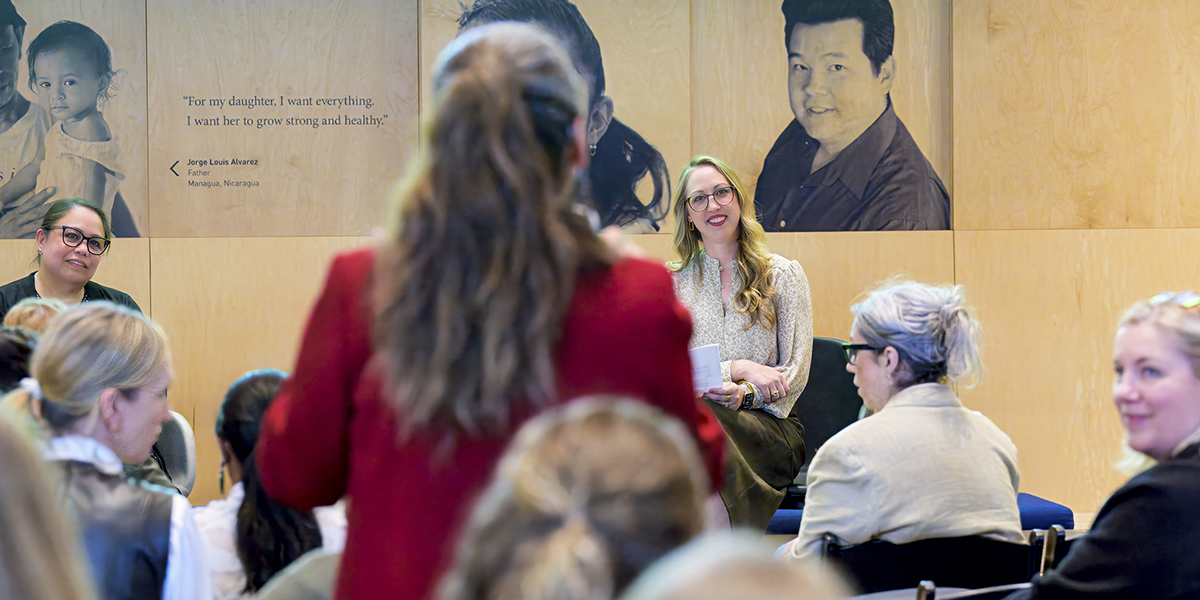Written by L&T Contributor: Nicole Dow
Whether companies are forging a new normal or managing through economic uncertainty, a strategic advantage exists for organizations that choose to build their teams in non-traditional ways – implementing blended workforce models where employees, contractors and agencies co-exist to keep pace with competitors and customers.
Investing in blended workforces, organizations honor employees’ capacity, reducing burnout and driving retention of key talent. It provides the business with space on its P&L that enables business leaders to fund dedicated work against the results that matter most today and shift its support to meet evolving needs over time.
The benefits of delegating through a blended workforce
It’s time to release ourselves from the concept that we must do it all at work.
Incorporating an agile, blended team of employees, contractors and agencies who complement one another’s skills and capacity allows each team member to delegate the work that others are more well-equipped to deliver. Doing so enables the business to move faster, more effectively and empowers each individual worker to show up in their “Highest & Best Use”.
Benefit: Talent Acquisition
Working in their zone of genius is a top priority for workers. Delegation to a blended workforce benefits talent acquisition when workers can do what they do best, which 58% of respondents to a Gallup poll cited as a top consideration when looking for their next job.
Benefit: Flexible P&L
Allowing employee teams to focus on driving the core needs of the business while employing flex, subject matter experts to come alongside workers, enables businesses to maintain moderate overhead employee expenses, flexing in the right skills at the right time to align with the ebb and flow of a company’s unique business cycle, while reducing employee impact when needs shift and change. In this model, companies can flex IN the right talent to meet the moment rather than exit employees who were hired for work that no longer exists.
Benefit: Retention
The cost to replace a team member is 6 to 9 months of salary. Beyond the financial impact, qualitative, cultural impacts of a departing team member weigh on their peers. A primary driver of burnout is workload – especially work that is out of scope. Imagine if, instead of investing 6 months of salary into talent search, you allocated 50% of that cost to a 6-month sprint team to support your team member through a major business initiative.
How to get started in a blended workforce model
Once you decide to adopt a blended workforce model and incorporate flexible teams to support your people and company, think about your business priorities for the next six to 12 months. What outcomes are you hoping to achieve and on what timeline?
Next, consider what your current in-house team has the capacity to handle and what responsibilities need to be delegated. Create your dream team to close any skill or capacity gaps. How many contract workers would you need to complete a vital project on time? Which agency could you partner with to help meet your organization’s goals?
Know that we’re here to help you start the process if you need assistance creating a flex team. Here at Lions & Tigers, we love unpacking business priorities and helping companies design their workforce with the right mix of talent in mind.
Additional resources
“Avoiding the All-Or-Nothing Workplace: Enabling People to Operate at their Highest & Best Use™” is an open-source playbook authored by L&T Founder & CEO Brea Starmer built to empower you with the information and frameworks you need to de-risk P&Ls, unlock skills agility to keep pace with customers and competition and create access to more diverse and inclusive talent, driving profitability and innovation.
Source: https://resources.workable.com/stories-and-insights/the-cost-of-replacing-an-employee
Source: https://www.gallup.com/workplace/389807/top-things-employees-next-job.aspx








0 Comments